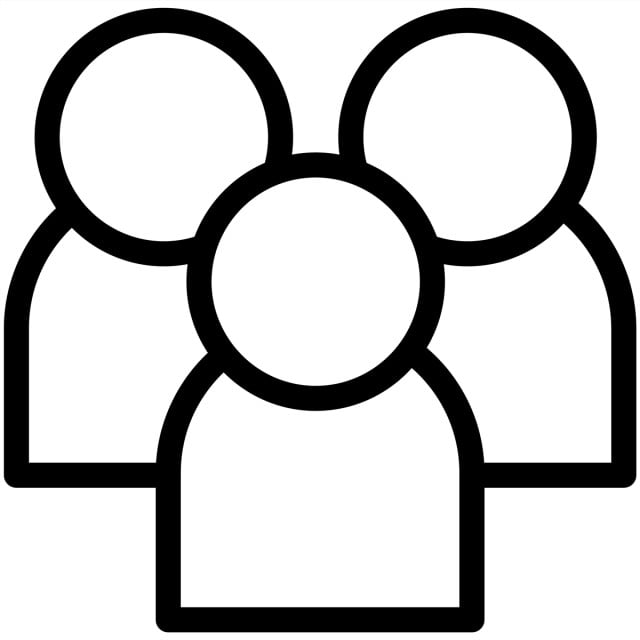You have always heard about the mobile app. But did you ever think about what it takes to build a consistent mobile app? There is a systematic process going behind the mobile app building process that even we personally follow. Of course, the steps can vary from company to company. But, we have a detailed process in place with every single aspect of mobile app creation covered, so as to transform the image of our clients into a well-conceived Smartphone application. Let us look at the steps that we personally follow. Below you can find 12 steps to create a successful mobile application:
Step 1: Starting Things By Defining Client Goal
The idea is where everything starts from, initiating a project. Before going into the detailing stuff, we have the mission and purpose defined by discussing extensively with clients. What the end product should look like? What things in the end product should appeal to all? What user problems will be resolved by the product? How an end-user life is going enhanced by using the product? When all these questions are rightfully answered, only then do we move on to our next phase.
Step 2: It Is Time Now To Sketch
Sketches lay the base foundation of the app that is going to take shape in the future. This is the step wherein we visually conceptualize the app mind using an approximate structure or layout. With a rough sketch in hand, the team is capable of understanding in what direction to move ahead. These sketches act as a good reference for our next project phase.
Step 3: Doing A Thorough Research Before Hand
Sketches are ready. However, still there a number of things to address we need to know such as what your competitor apps are doing, what has inspired us for your app design, getting detailed information on the technical information surrounding the app, and finally knowing the ways to monetize through various app promotion methods.
Step 4: Framing A Wireframe And Devising Storyboard
So, do you know what it is? We are talking about wireframing. This is where the product prototypes or mockups are created. Using a number of useful tools online with the likes of HotGloo, Moqups, and Balsamiq, we will have the right wireframes and storyboard in place, helping you in establishing a connection between screens, as well as app letting users grasp the app navigation with ease.
Step 5: Setting The Right Back End For Your App
Since the storyboard and wireframes are ready, it is time now to frame the structure of the backend. Have a sketch ready in place showcasing data diagrams, APIs, and servers. These act as a nice reference, helping developers join the project from in between, with a self-explanatory diagram explaining everything.
Step 6: Testing Prototype In Detail
We have our test group in place giving feedback regarding testing the wireframes. We give them access to have a test run of the app, presenting their views on the same. Taking their honest feedback, we identify flaws within the beta product and take necessary actions on incorporating well-defined UI/UX in place.
Step 7: Signing Up For Developer Accounts At App Marketplaces
This is the right time for us to start signing up for developer accounts at various places. Since the approval process takes a number of days, we ensure that we already have them in hand, and do not keep things for the last minute.
Step 8: Designing Actual Skins For An App
“Skins” in simple terms are the actual app screens required in the app. As experienced designers, we have the ability to build high-resolution User Interfaces (UI) that gives an overall impact with a memorable User Experience (UX).
Step 9: Developing Things By Handling The Coding Part
After we have finalized your app screens in terms of design, it is time now to code things for bringing the working of an app alive. It is the code that makes this possible. It is the coding part due to which the app is able to deliver features or functionalities as if having an intelligence of its own. Framer and Solidify are two wonderful apps helping us a great deal in testing a client app. Herein, the overall look and feel are reinstated, since this is the stage wherein development meets design.
Step 10: Keep Revising The Product Until Perfection
Once we have tested the design, and have feedback regarding the same, we have it revised through an iterative process, wherein we will constantly polish the product until and unless it is we have a perfect app in place sufficing all the client requirements. We will still change UI/UX design if you want, right from the back end.
Step 11: Working On Every Minute Details Possible While Testing
While building we ensure to have constant iterations of the app while testing every single perspective in a live environment. Using a tool like TestFlight, we have our own alpha and beta testers in place for downloading and testing multiple times. This is the actual last step in the process before deploying the product.
Step 12: Delivery Of The End Product To The Clients
App marketplaces have lot of different policies, especially when it comes to publishing an app. No matter whether dealing with iOS or Android, the review process is different, and that is what we have mastered over the years. There is no time frame associated with the approval process, but on average, you can expect a week to hear things out. Hence, we ensure that to submit the app to the PreApps marketplace wherein we will receive early feedback from early adopters. Once we do it, we will have the app submitted to actual marketplaces on behalf of our clients, which marks our project completion.
ManekTech, a mobile app development company can assist you with your next big iPhone App, Android App, or Hybrid App development project. Please contact us today to get started!
Subscribe to Our Newsletter!
Join us to stay updated with our latest blog updates, marketing tips, service tips, trends, news and announcements!




![How to Patent an App Idea in 2024? [A Complete Guide]](https://mt.dev-project-server.com/storage/blog/image/1699424466.webp)

















